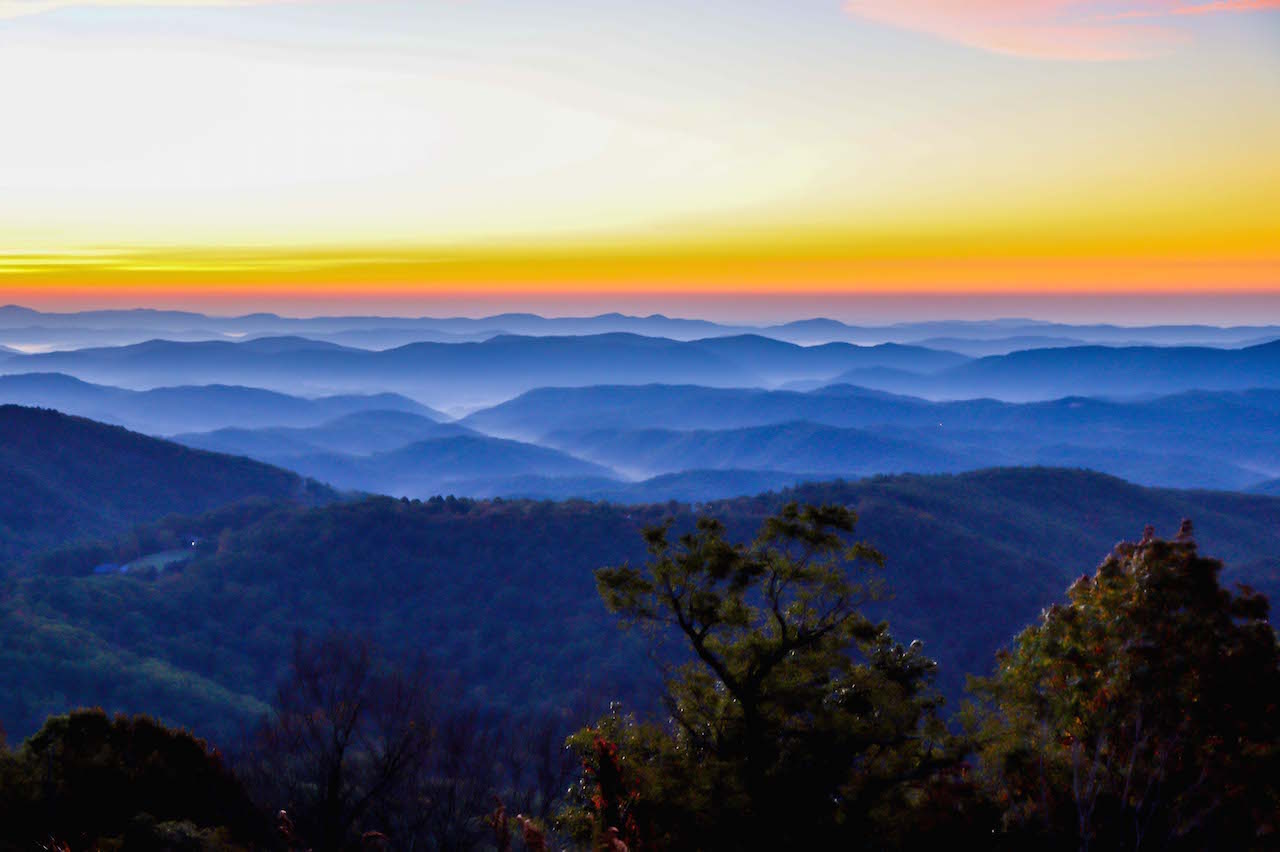Fun Facts About Blizzards: Snowy Science & Winter Wonders
Blizzards are captivating phenomena of the winter season, bringing with them immense snowfall, fierce winds, and often a transformational landscape. While they can disrupt daily life and present dangers, they also evoke a sense of wonder and awe. Here are some fascinating facts to rethink the way you perceive these winter storms.
1. What Defines a Blizzard?
To be classified as a blizzard, a snowstorm must meet specific criteria established by meteorologists. The National Weather Service outlines that a blizzard occurs when visibility is reduced to less than a quarter-mile due to snow and the winds blow at least 35 miles per hour for a substantial duration—typically three hours or more. This combination of factors leads to extreme cold and perilous travel conditions.
2. The Three Ingredients of a Blizzard
Blizzards are not random; they arise from a confluence of conditions. The essential ingredients include:
- Moisture: Sufficient humidity is crucial. When warm air rises and cools, it condenses, forming snowflakes.
- Cold Air: Chilly temperatures are necessary for snow to fall instead of rain. Usually, this means that the air mass over the storm must be below freezing.
- Lift: Mechanisms that elevate the moist air, such as mountain ranges or weather fronts, facilitate the development of snow clouds.
3. Historical Blizzards
Throughout history, certain blizzards have become infamous for their severity. The Great Blizzard of 1888 is one such event, affecting the northeastern United States. It struck in March, bringing snowdrifts as high as 50 inches and claiming hundreds of lives. This storm reshaped societal norms, prompting improvements in forecasting and communication technology.
4. Blizzard vs. Snowstorm
Though often used interchangeably, not all snowstorms are blizzards. Snowstorms can occur without the aggressive winds and low visibility characteristic of a blizzard. Indeed, a gentle snowfall can blanket the earth beautifully but lacks the ferocity that defines a blizzard.
5. Snowflake Formation
Understanding blizzards often begins with comprehension of snowflakes. Each one is unique, formed through a complex interplay of temperature and humidity. They initially begin as tiny ice crystals which aggregate, growing exponentially as they fall. The structure of a snowflake is primarily hexagonal, a consequence of water’s molecular geometry.
6. The Color of Snow
Snow might seem purely white, but the truth is more complex. Snow appears white due to the scattering of light. The tiny ice particles within snowflakes reflect and refract light, rendering it bright to our eyes. Interestingly, under certain conditions, snow can take on a bluish tint, commonly found in deep snowpacks.
7. The Role of Wind Chill
The wind chill factor is a critical aspect of blizzards, as the combination of low temperatures and biting winds can lead to dangerously low thermal sensations. Wind chill diminishes the body’s ability to retain heat, increasing the risk of frostbite or hypothermia. During a blizzard, one must exercise caution not just from the cold but from the harsh wind as well.
8. Local Variations
Blizzards can vary dramatically based on geography. In areas like the Great Plains, where flat terrain prevails, wind-blown snow can create “snow rollers” or large balls of snow that gather and accumulate. By contrast, mountainous regions may experience snow avalanches, where loose snow shifts and cascades down slopes during blizzard conditions.
9. The Science of Prediction
Modern meteorology has made impressive strides in predicting blizzards. Using satellite technology and atmospheric data, forecasters can discern patterns that indicate an impending blizzard. However, blizzards can still remain notoriously unpredictable, occasionally catching even seasoned meteorologists off-guard.
10. The Ecological Impact
Blizzards, while challenging for humans, contribute significantly to the ecological rhythm. The heavy snow acts as an insulating layer for the ground, protecting soil and plant life. Additionally, as snow melts, it replenishes rivers and lakes, supporting wildlife habitats. This interplay showcases nature’s resilience and interconnectedness.
11. Blizzard Survival Tips
Should you find yourself in a blizzard, preparation is essential. It’s advisable to:
- Stay indoors and limit travel.
- Stock emergency supplies, including food, water, blankets, and flashlights.
- Ensure your phone is charged and accessible for emergency communication.
12. The Aesthetic Allure of Blizzards
Beyond the logistical challenges, blizzards create mesmerizing vistas. The quietude of a snow-blanketed landscape offers an unparalleled beauty. The way light reflects on freshly fallen snow casts ethereal hues, transforming ordinary scenes into winter wonderlands. Furthermore, those who venture outside often find a serene silence enveloping their surroundings, interrupted only by the crunch of snow beneath their feet. This tranquility offers a stark contrast to the chaotic nature of the storm.
13. Conclusion
In summary, while blizzards can pose significant hazards, they also serve as reminders of nature’s power and beauty. By understanding the science behind these winter events, one may find a newfound respect and appreciation for the intricate systems at play. As winter approaches, the prospect of snow-laden landscapes, even amidst the biting winds, can spark curiosity and wonder within each of us.








